In Photos: Australia's Hypersonic 'HIFiRE' Project
Go for launch
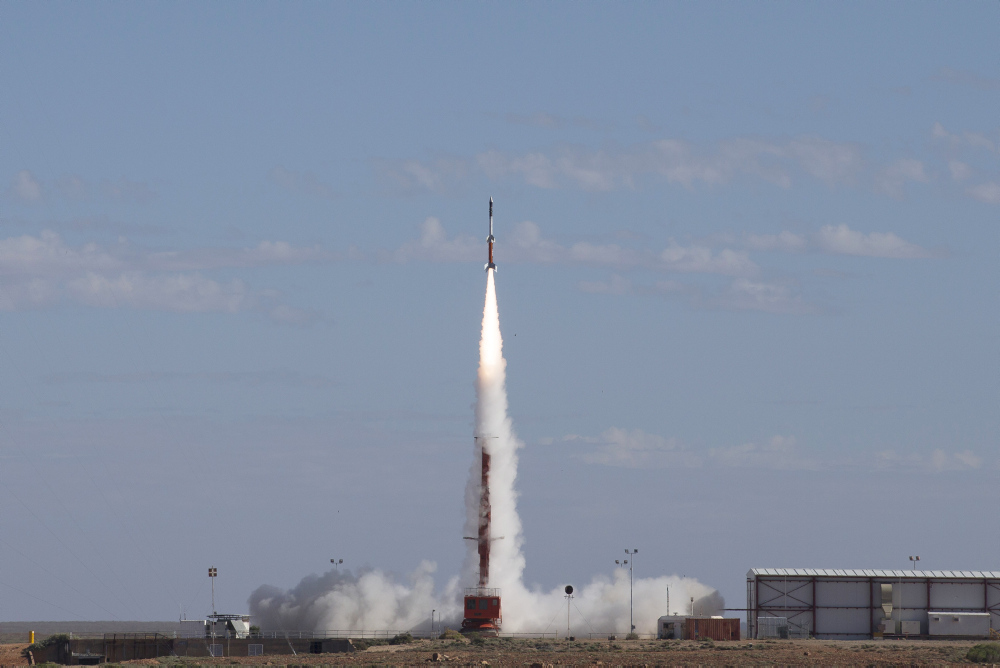
On May 18, 2016, a rocket launch at the Woomera Test Range in South Australia carried a hypersonic test vehicle for a successful test flight at Mach 7.5 — more than seven times the speed of sound.
The successful test was an experimental milestone on the way to a horizontal flight test of an Australian-built "scramjet" engine in 2018. Hypersonic jet engines could one day propel passenger aircraft around the world in only a few hours, or they could be used as resuable launch vehicles to carry satellites into orbit. [Read full story about the hypersonic HIFiRE project]
New engine
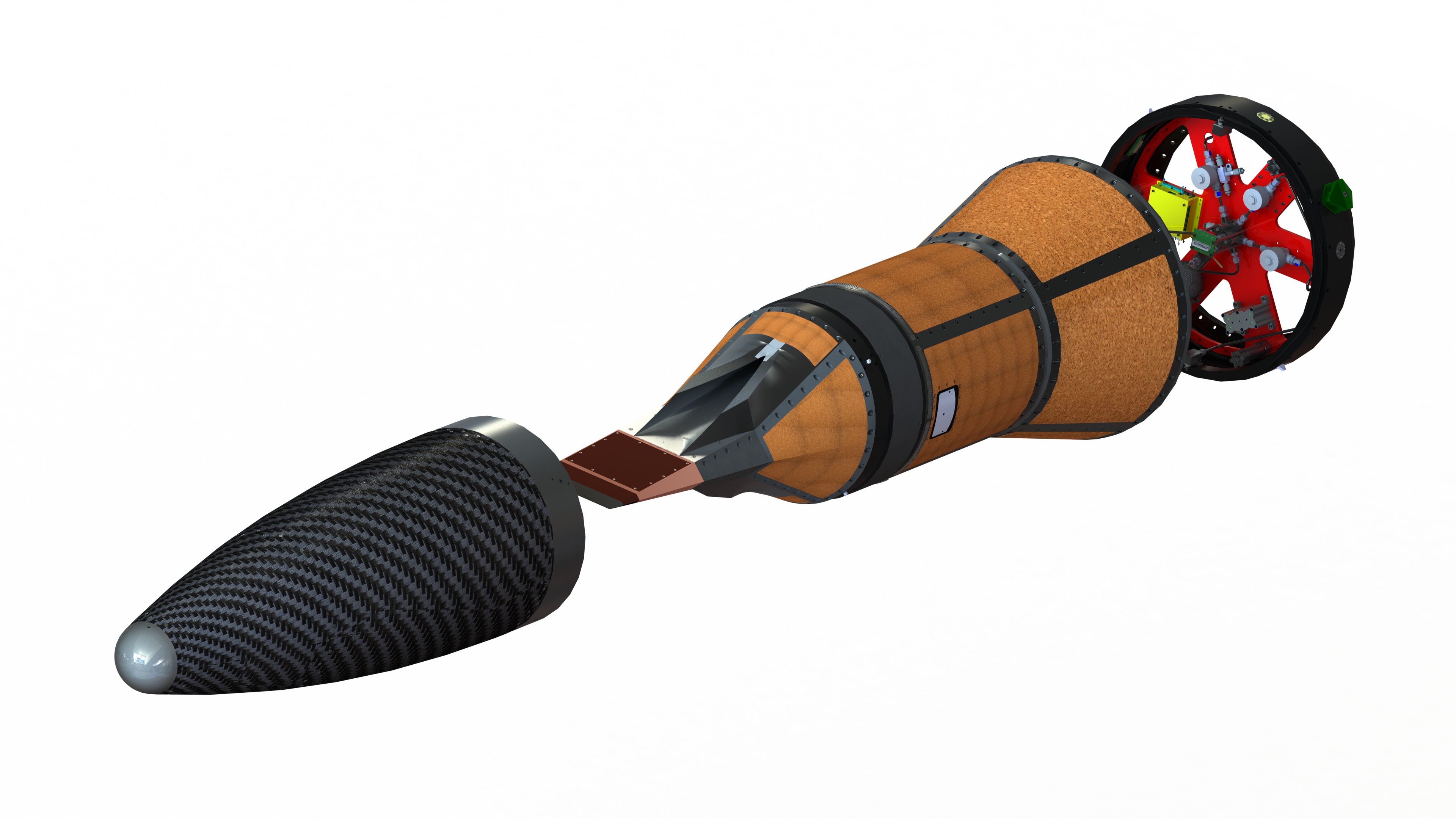
"Scramjets" — short for Supersonic Combustion Ramjet — can operate at more than five times the speed of sound, but not at slower speeds. Experimental scramjet flights use rockets to boost them to speeds above Mach 5.
A rocket launch planned for November 2017 will carry the Australian scramjet engine to high altitudes for its first vertical hypersonic test flight.
Hypersonic flight
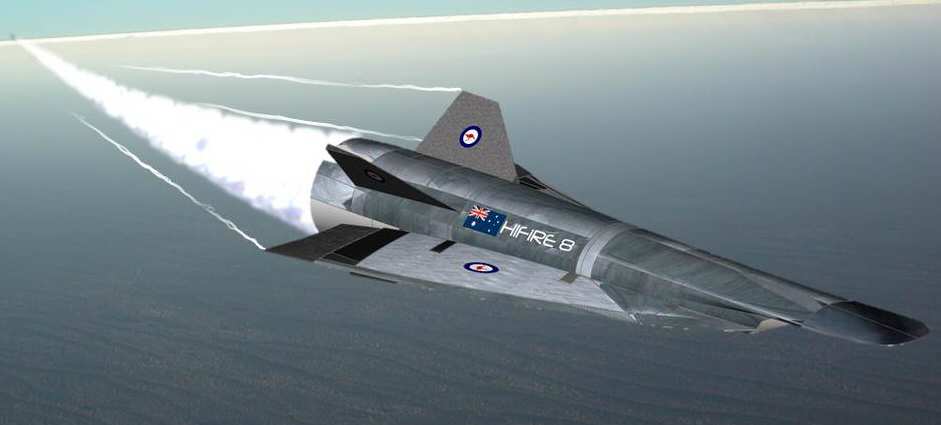
The Australian scramjet engine is being developed as part of a joint American-Australian research program called HIFiRE (short for Hypersonic International Flight Research and Experimentation) that involves NASA, the U.S. Air Force and the Australian Defence Department.
The scramjet engine is designed and built by scientists and engineers at the University of Queensland. The first horizontal test flight using the new engine, dubbed HIFiRE 8, is planned for 2018.
At the controls
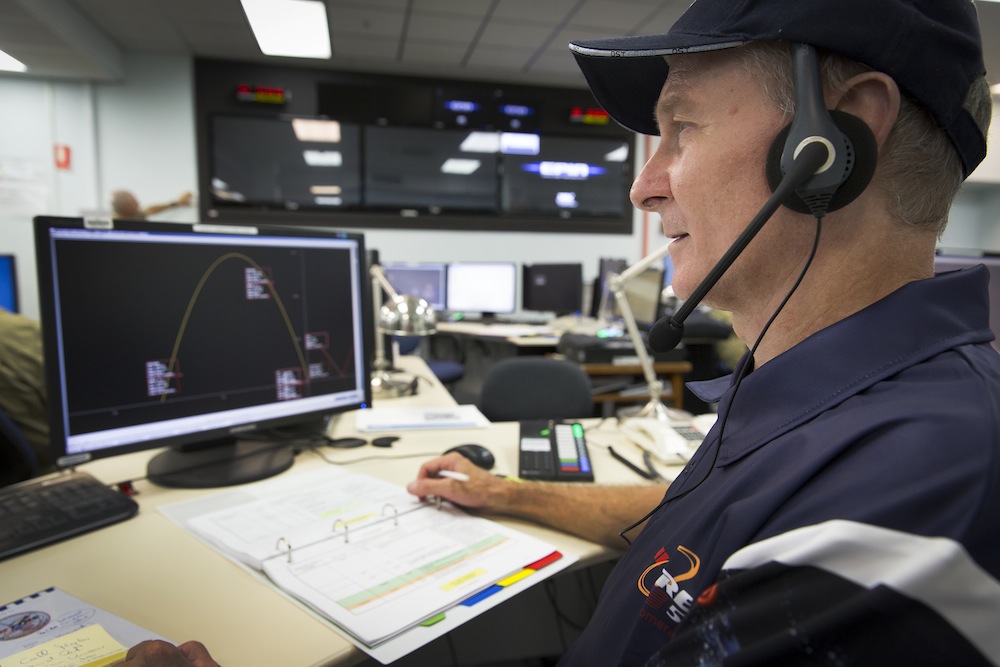
The most recent test was conducted at the Woomera Test Range by staff from Australia’s Defence Science Technology Group (DSTG). This image shows DSTG engineering specialist Hans Alesi in the Woomera control room for the hypersonic test, which carried the test vehicle to an altitude of 173 miles (278 kilometers). On its way back to the ground, the test vehicle reached a top speed of Mach 7.5 — seven and a half times the speed of sound, or about 5,700 mph (9,200 km/h).
In the Outback
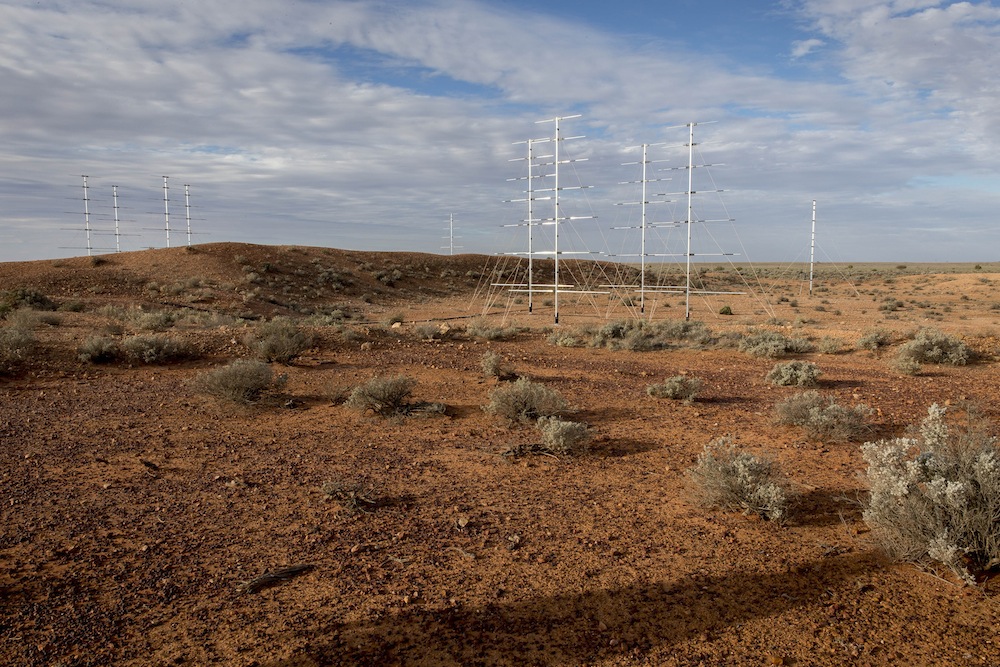
The Woomera Test Range is the largest land-based military range in the world, covering about 47,000 square miles (122,000 square kilometers) of the South Australian outback. The range was established by the British and Australian governments for rocket tests soon after World War II, and a remote part of the range was used for seven British nuclear bomb tests between 1956 and 1963.
This image shows a high frequency antenna array near Woomera, used for telemetry communications with rockets in flight.
Blazing fast
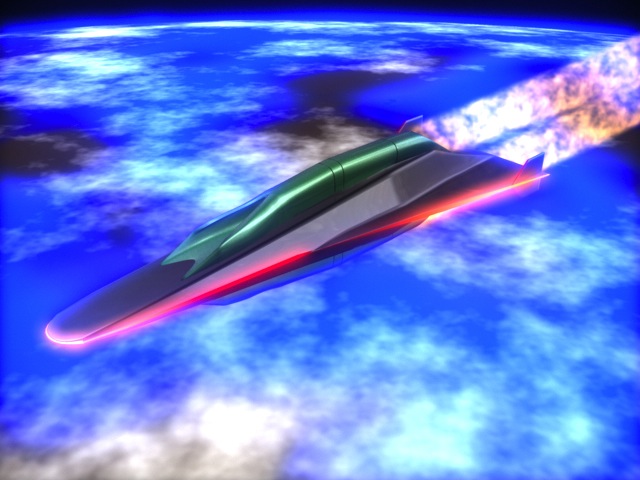
The high speeds of hypersonic aircraft cause intense heating from air friction on the surface of the fuselage, and scramjet engines themselves operate at very high internal temperatures that would melt metal engines.
The Australian scramjet is built entirely from lightweight carbon composites that can withstand temperatures of up to about 2,900 degrees Fahrenheit (1,600 degrees Celsius).
High-speed travel

Hypersonic passenger aircraft powered by scramjets have the potential to cut a trip from London to Sydney to just 2 hours, but such commercial aircraft are probably decades from being developed, according to the Australian researchers. However, scramjets could soon be in use as resuable launch vehicles to put small satellites into orbit, because they can carry more payload than a rocket using liquid oxygen to burn propellant.
Get the world’s most fascinating discoveries delivered straight to your inbox.
Tom Metcalfe is a freelance journalist and regular Live Science contributor who is based in London in the United Kingdom. Tom writes mainly about science, space, archaeology, the Earth and the oceans. He has also written for the BBC, NBC News, National Geographic, Scientific American, Air & Space, and many others.


